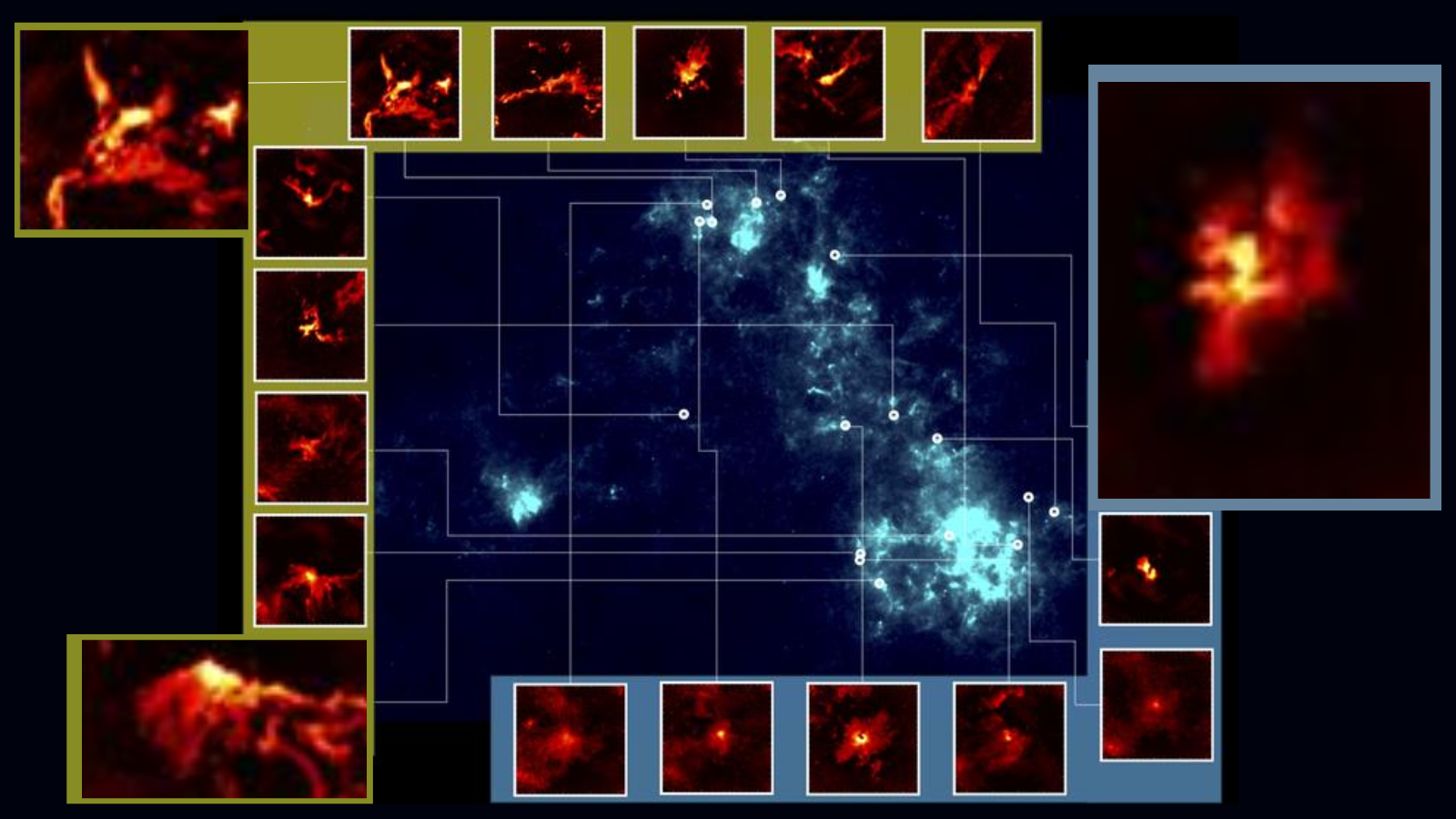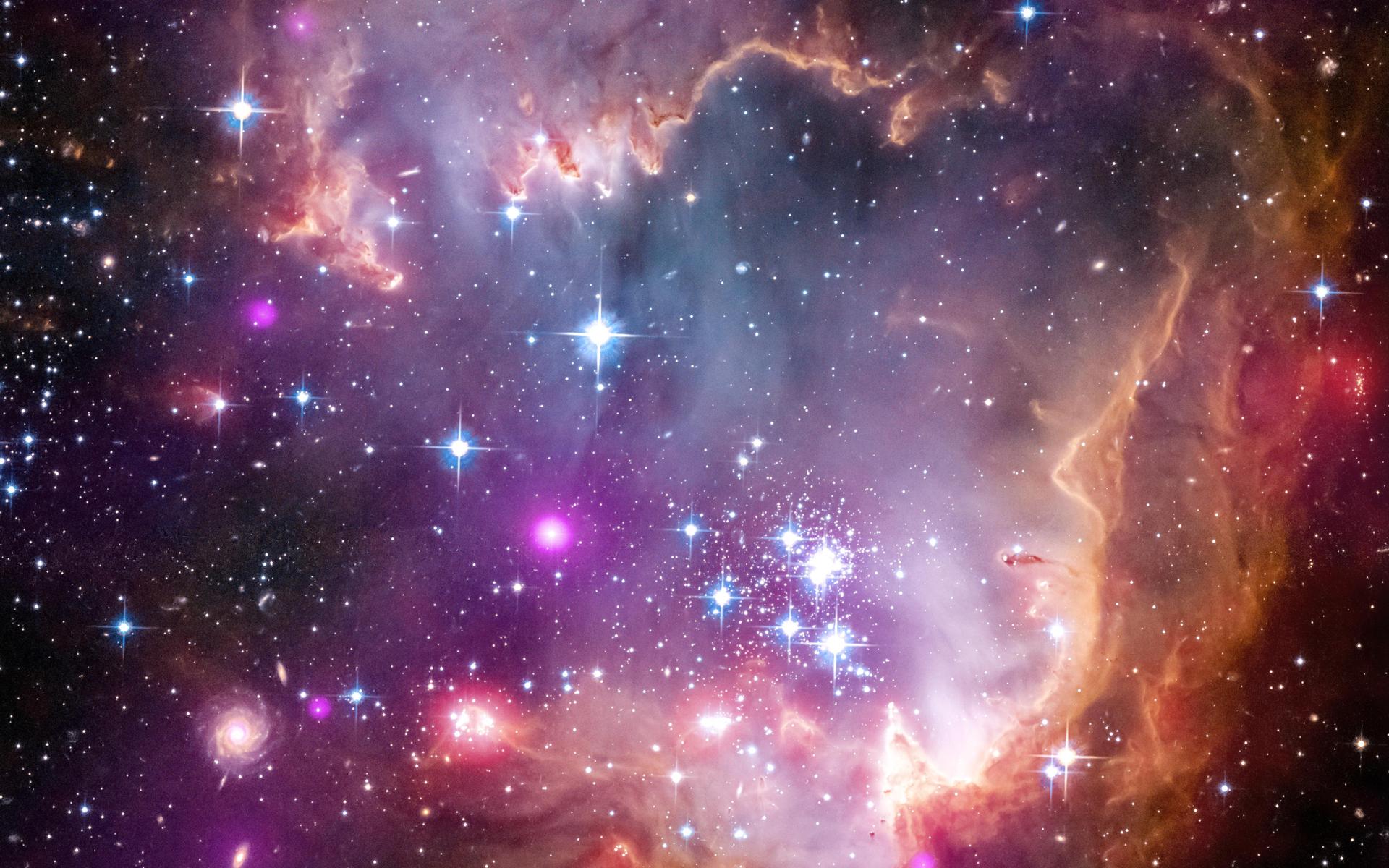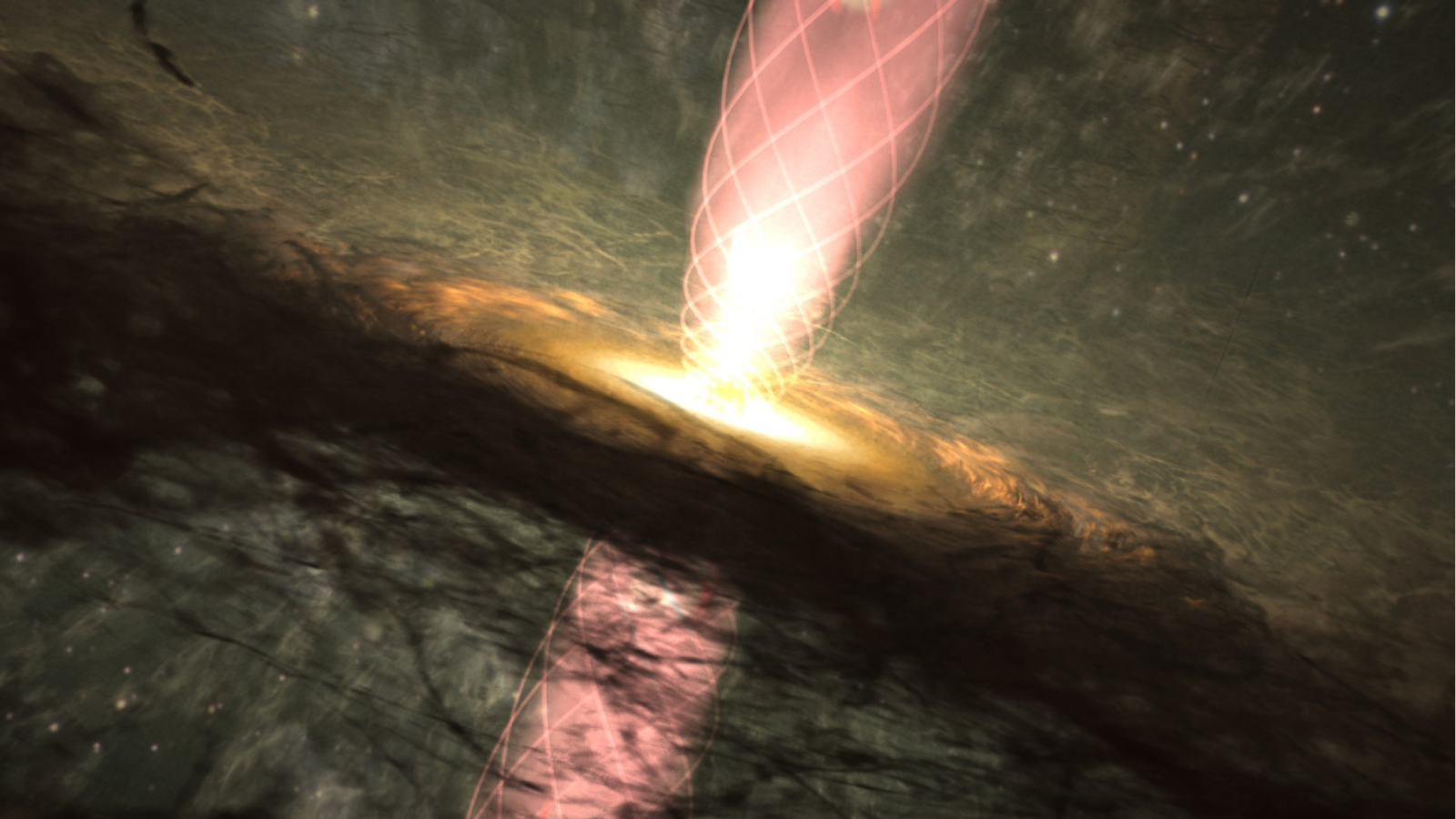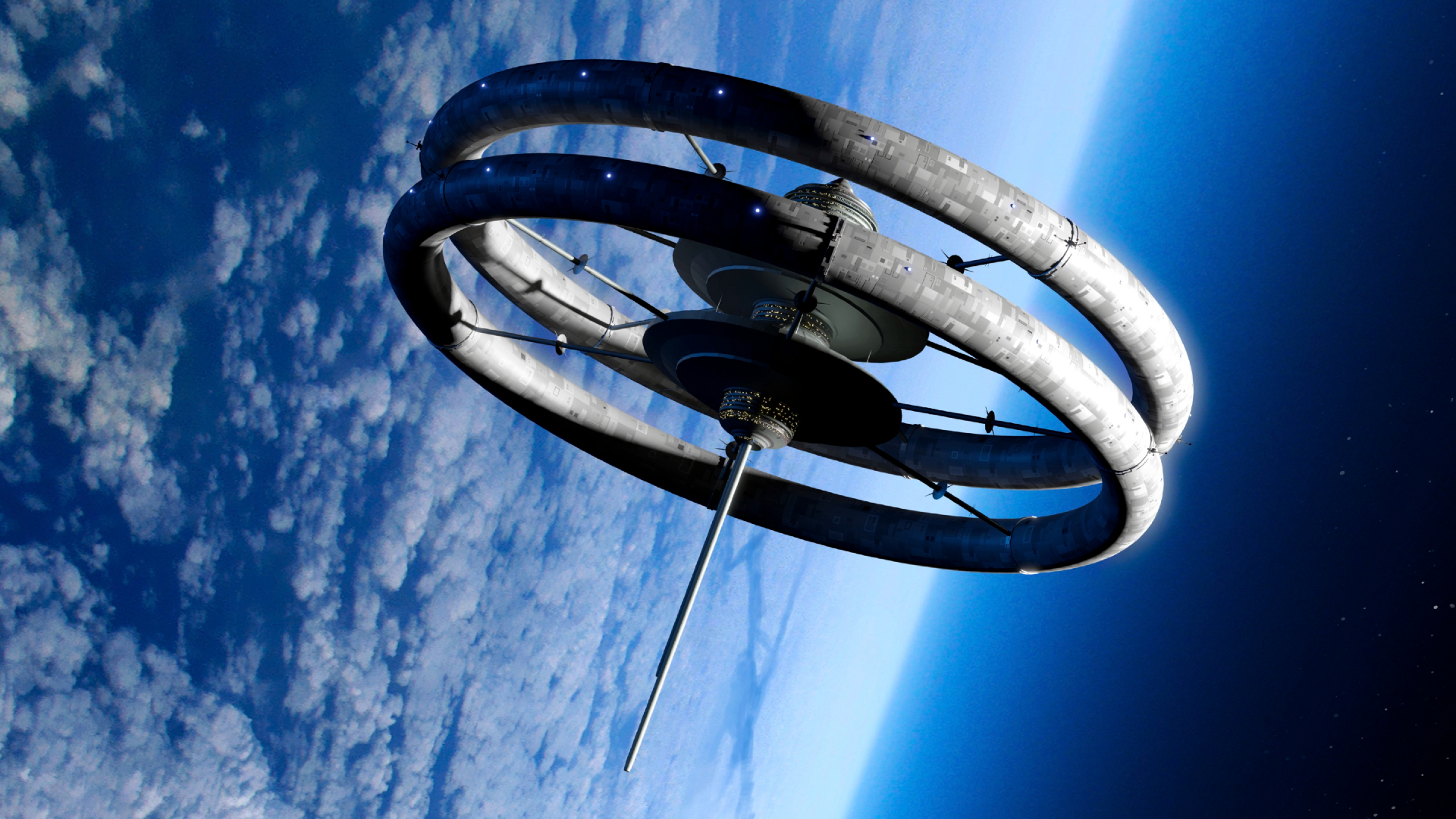Some baby stars in ancient stellar nurseries were born in 'fluffy' cosmic blankets
"Even today, our understanding of star formation is still developing; comprehending how stars formed in the earlier universe is even more challenging."

When it comes to baby blankets, the fluffier, the better — and astronomers have discovered that some infant stars in the early universe also preferred "fluffy" pre-natal cocoons.
Stars are born in "stellar nurseries," or regions of galaxies with an abundance of gas and dust that can become overly dense and collapse to form infant stars, or "protostars." More accurately referred to as "molecular clouds," these gaseous conglomerations can stretch for hundreds of light-years, thus forming thousands of stars.
Scientists have learned a great deal about star formation in the universe today, but it remains a mystery if stellar bodies formed the same way in the early cosmos.
"Even today, our understanding of star formation is still developing; comprehending how stars formed in the earlier universe is even more challenging," team leader and Kyushu University researcher Kazuki Tokuda said in a statement. "The early universe was quite different from today, mostly populated by hydrogen and helium. Heavier elements formed later in high-mass stars."
In the Milky Way, molecular clouds that birth stars have a wiry, or "filamentary," structure that breaks apart to form a molecular cloud core, akin to a "stellar egg" which draws in more gas and dust from the wider molecular cloud until an infant star "hatches."
But was this the case billions of years ago?
"We can't go back in time to study star formation in the early universe, but we can observe parts of the universe with environments similar to the early universe," Tokuda said.
One such environment similarly lacking in elements heavier than hydrogen and helium, which astronomers collectively call "metals," is the Small Magellanic Cloud (SMC).

This satellite dwarf galaxy of the Milky Way, located around 20,000 light-years away, has about one-fifth of the metal content of our galaxy. This makes the SMC an excellent proxy for the conditions in the 13.8 billion-year-old universe around 4 billion years after the Big Bang.
Breaking space news, the latest updates on rocket launches, skywatching events and more!
Thus, to investigate the conditions in which the first stars formed without having to look back in time 10 billion years, Tokuda and colleagues turned to the SMC. They conducted this investigation with the Atacama Large Millimeter Array (ALMA), an array of 66 radio telescopes located in northern Chile.
While previous studies of the SMC and its star-forming regions lacked the resolution needed to observe filamentary clouds, ALMA facilitated a high-resolution view of this dwarf galaxy that helped scientists determine if such structures were present or not.

"In total, we collected and analyzed data from 17 molecular clouds. Each of these molecular clouds had growing baby stars 20 times the mass of our sun," Tokuda said. "We found that about 60% of the molecular clouds we observed had a filamentary structure with a width of about 0.3 light-years, but the remaining 40% had a 'fluffy' shape."
The team also determined that the temperature inside the filamentary molecular clouds was higher than that of the fluffy molecular clouds. The researchers theorize that this difference in temperature between fluffy and filamentary clouds is likely connected to their age.
The results suggest the high temperatures of the filamentary have to do with the clouds colliding. When the temperature is high, the clouds are less turbulent, but as they cool, the clouds become more chaotic — causing the fluffy shape to emerge.
This has an impact on star formation, with filamentary clouds more likely to break apart to form low-mass stars like the sun. However, if a cloud becomes fluffy, it could be difficult for the clouds to break apart and low-mass stars to form.
"This study indicates that the environment, such as an adequate supply of heavy elements, is crucial for maintaining a filamentary structure and may play an important role in the formation of planetary systems," Tokuda said. "In the future, it will be important to compare our results with observations of molecular clouds in heavy-element-rich environments, including the Milky Way galaxy."
Tokuda added that studies such as this should provide new insights into the formation of molecular clouds and how they change over time, thus painting a more detailed picture of the overall evolution of the universe.
The team's research was published on Wednesday (Feb. 20) in The Astrophysical Journal.

Robert Lea is a science journalist in the U.K. whose articles have been published in Physics World, New Scientist, Astronomy Magazine, All About Space, Newsweek and ZME Science. He also writes about science communication for Elsevier and the European Journal of Physics. Rob holds a bachelor of science degree in physics and astronomy from the U.K.’s Open University. Follow him on Twitter @sciencef1rst.
